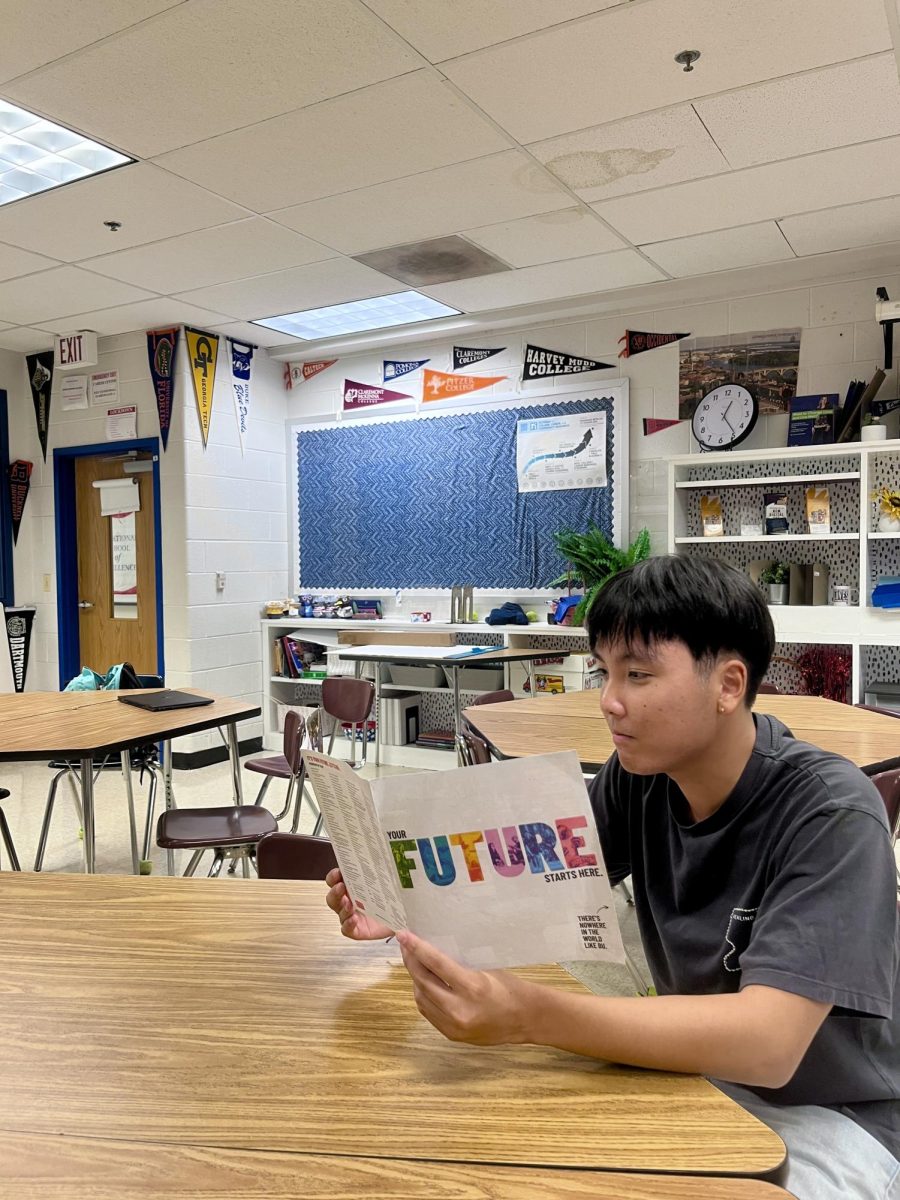On Jan. 21, 500,000 people participated in the Women’s March in Washington, D.C. to safeguard rights for women, immigrants, LGBTQ members, citizens of minority races and Muslim citizens.
People ineligible to vote were able to participate in the march. Students arrived early in the morning with prepared signs. “I knew this was going to be a big rally. I wanted to be a part of political history. Even though I can’t vote right now, I feel it is my job as an American citizen to raise my voice for those unheard. We should all stand up for our beliefs. I am a female person of color who has faced injustice. I feel that with enough voices, the government will eventually have to heed to our beliefs,” sophomore Dimagi Kottage said.
Students marched alongside each other to show support for those who needed it. “I participated in the march because I don’t believe in being idle when millions of people in the same country are being punished for their skin color, sexuality, religion and more,” senior Kate Garmer said
Even though the march was called the “Women’s March,” males participated as the march covered a vast array of issues. “The march addressed general civil rights legislation issues. Several people fall under these minority groups and face injustice. I went because it was important to show support for my political ideologies,” sophomore Zach Blackman said.
Young participants were unsure on whether their voices would make a difference, but social studies teacher Keith Yanity assured otherwise. “A lot of people I know went. I watched it on television. It was a large crowd. I think that the march was a great step. The march showed that America is a country with diverse opinions and open debate. I think protests are the best way to send a message because it creates a visual to demonstrate a political movement. The march definitely sent a message to lawmakers,” Yanity said.
Young marchers showed concern for the federal government political party makeup. “I felt that the Trump administration was not going to pay attention to the Democratic agenda. It is good to show that we still care and will raise our voices if necessary,” freshman Joel Shapiro said.
Bryce Coon, social studies teacher, also participated in the Women’s March. “I thought it was really great to see a lot of people gathered for something they deeply cared about,” Coon said.
Hundreds of demonstrations occurred around the world in conjunction with the Women’s March, as well as several related protests have happened since.
On Jan. 27, people marched in the annual March for Life. The protest was to oppose abortion.
On Jan. 28, people protested Executive Order 13769, which indefinitely suspended the entry of travelers from Iraq, Iran, Libya, Somalia, Sudan, Syria and Yemen.
On Jan. 29, 5,000 protesters marched from the White House to the US Capitol to demonstrate opposition to the Border Security and Immigration Enforcement Improvements executive order.
Five more protests are being organized to take place in the spring in order to disapprove present legislation and influence future policies.
Nitya Kumar
Staff Writer



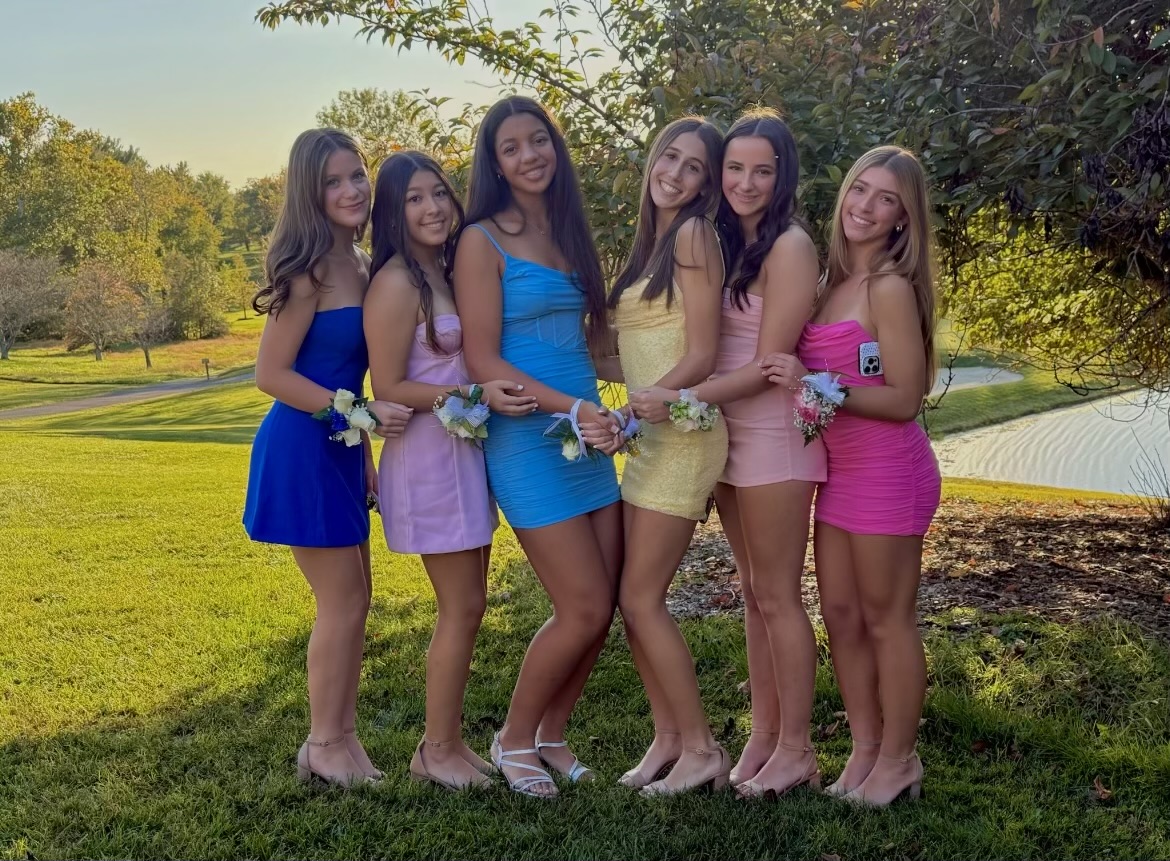
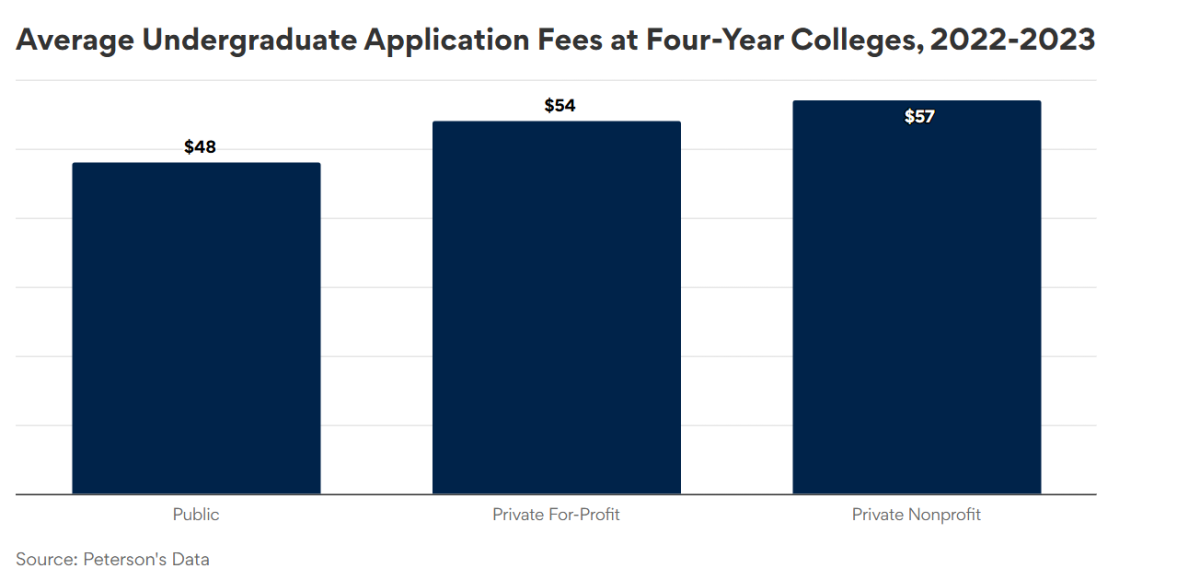
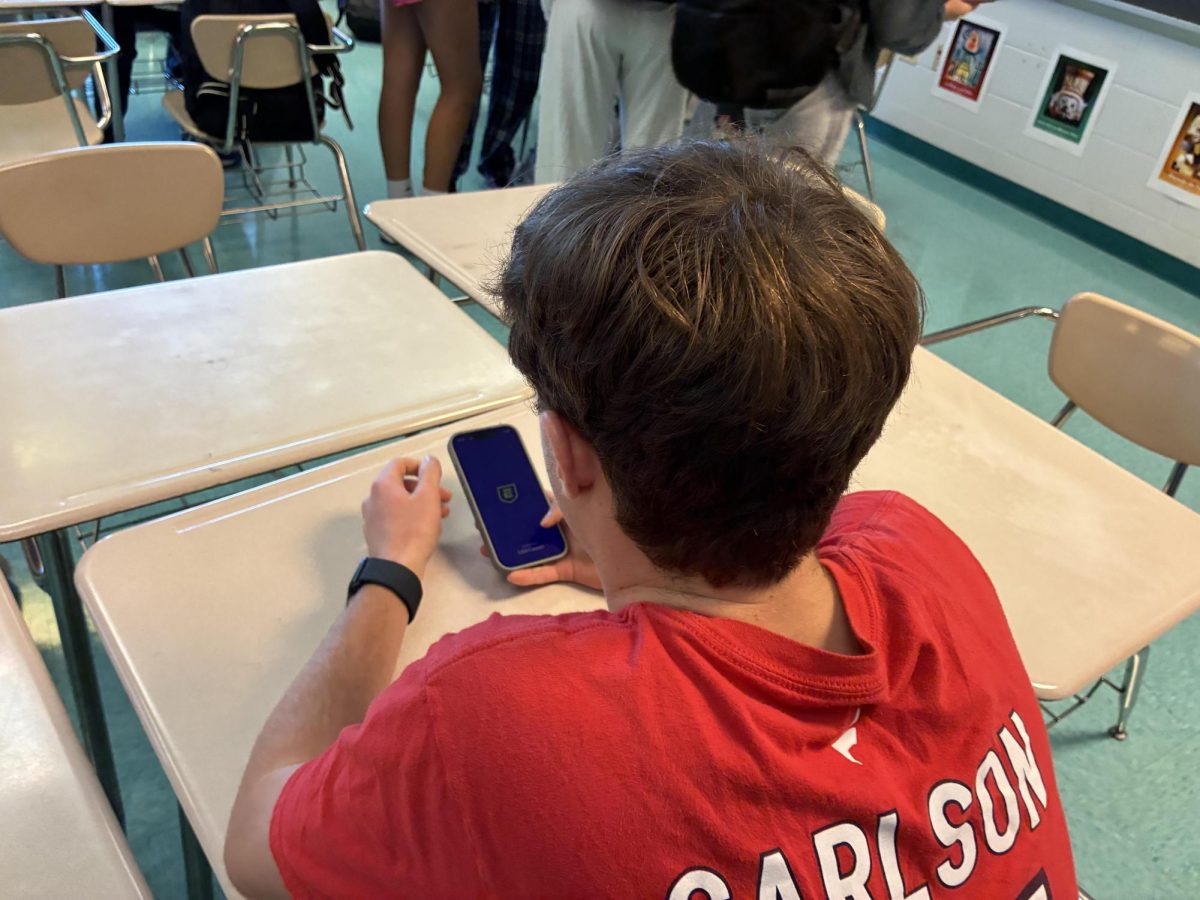
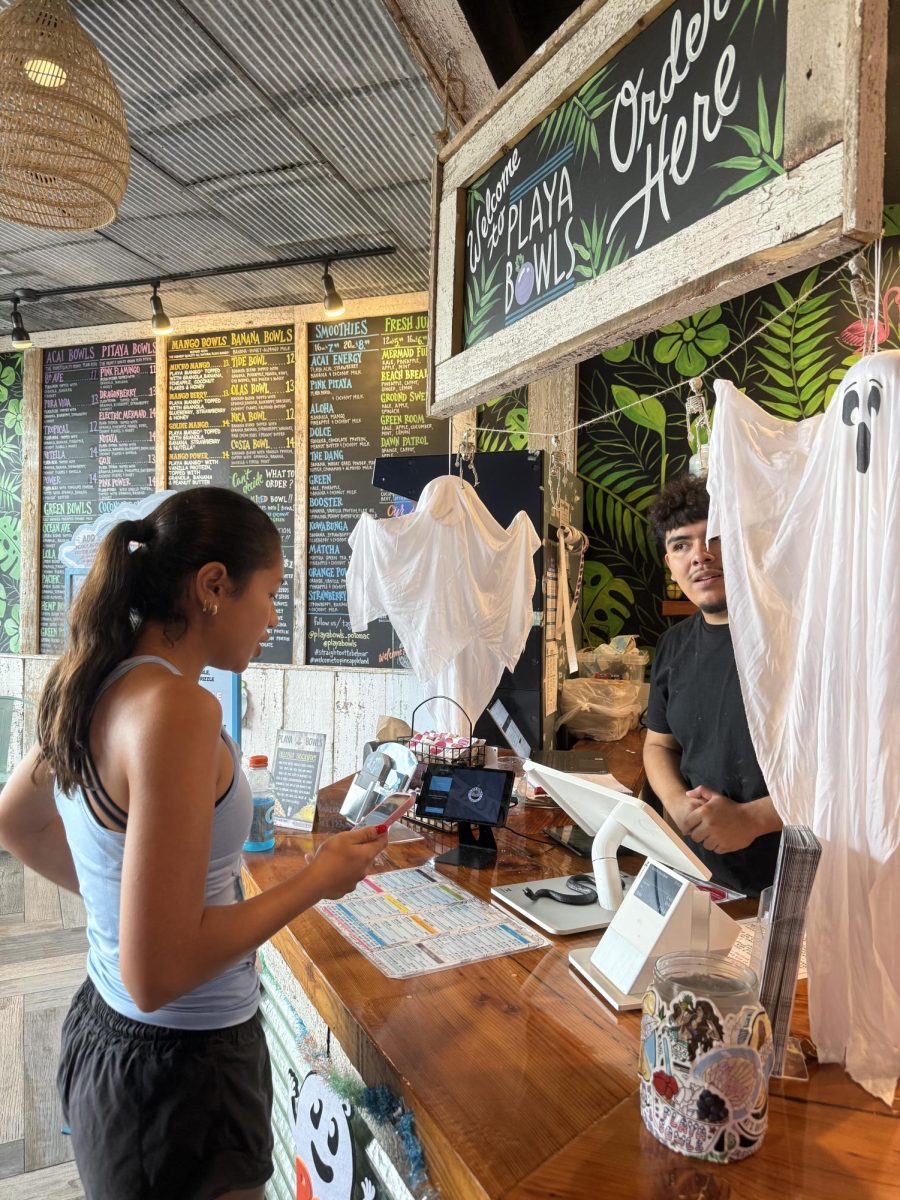
![Editors-in-Chief Ahmed Ibrahim, Helen Manolis, Cameron Cowen, Alex Grainger, Emory Scofield, Hayley Gottesman, Rebekah Buchman and Marley Hoffman create the first print magazine of the year during the October press days. “Only a quarter of the schools in MCPS have programs that are like ours, a thriving, robust program. That makes me really sad. This is not just good for [the student journalists] to be doing this, it’s good for the entire community. What [student journalists] provide to the community is a faith in journalism and that continues for their lifetimes," Starr said.](https://woottoncommonsense.com/wp-content/uploads/2025/10/wmpoFTZkCPiVA3YXA4tnGoSsZ4KmnKYBIfr18p3l-900x1200.jpg)
